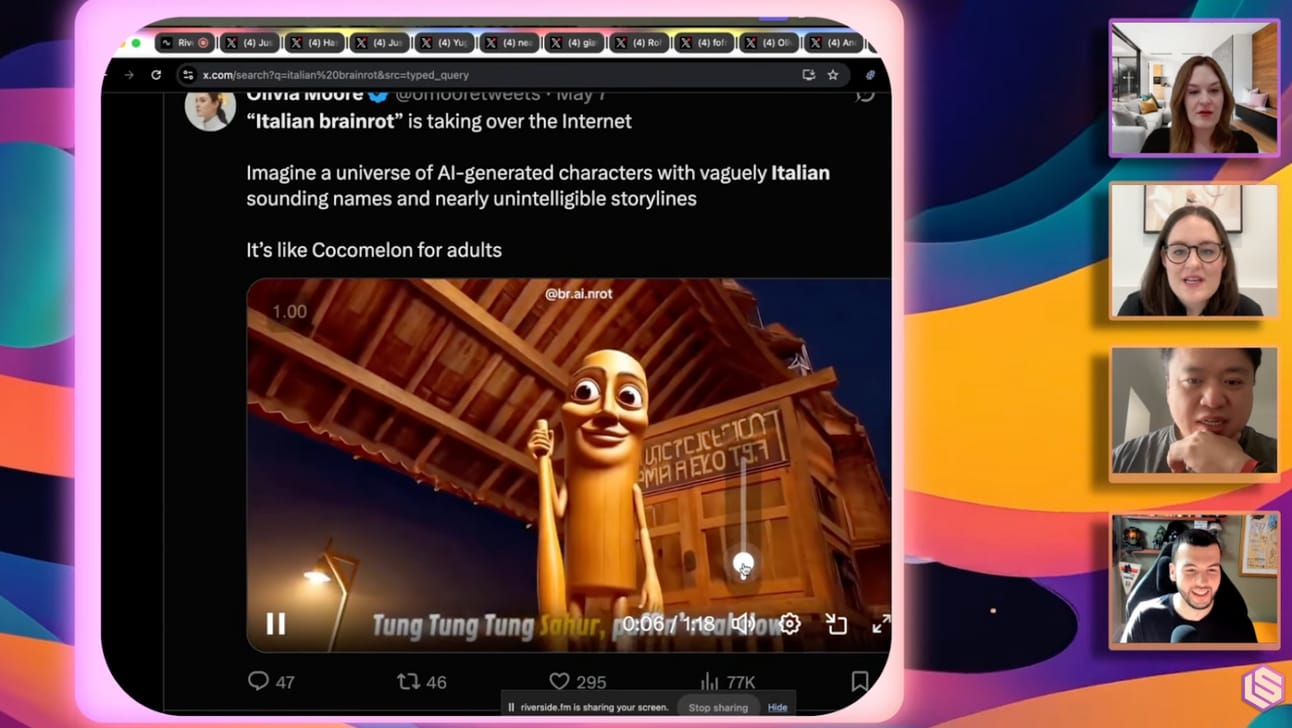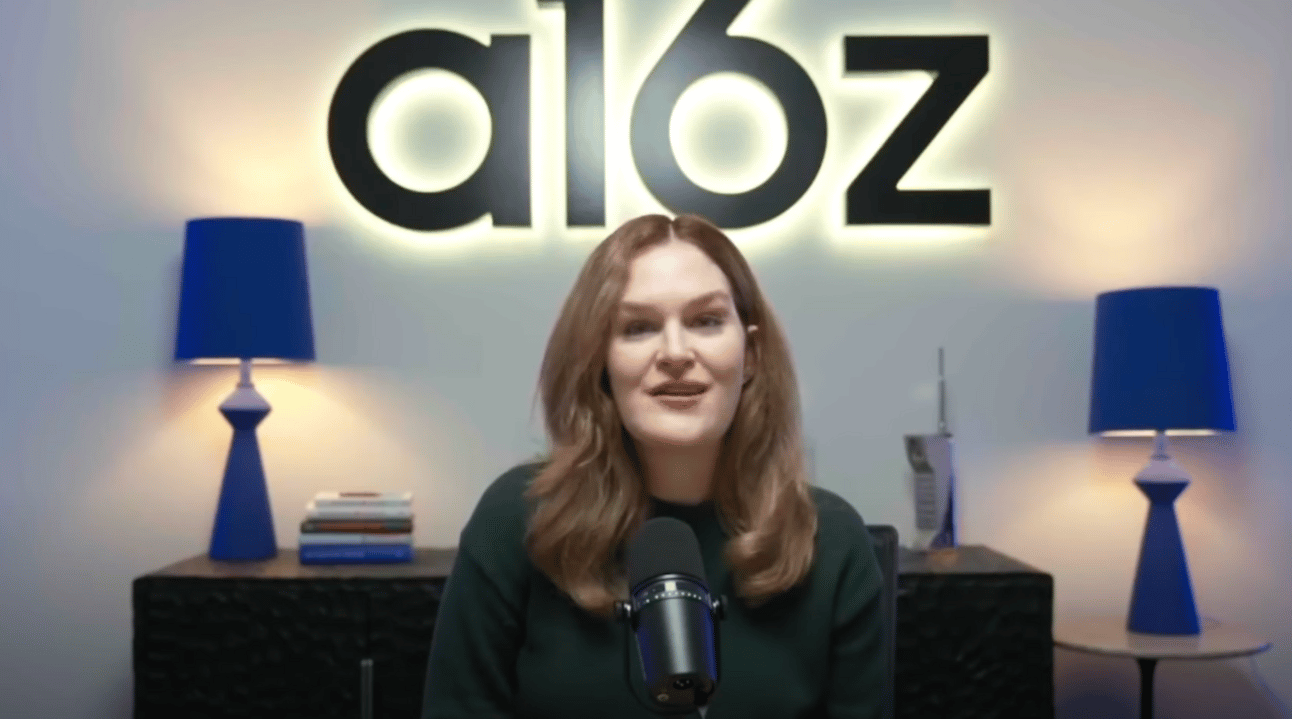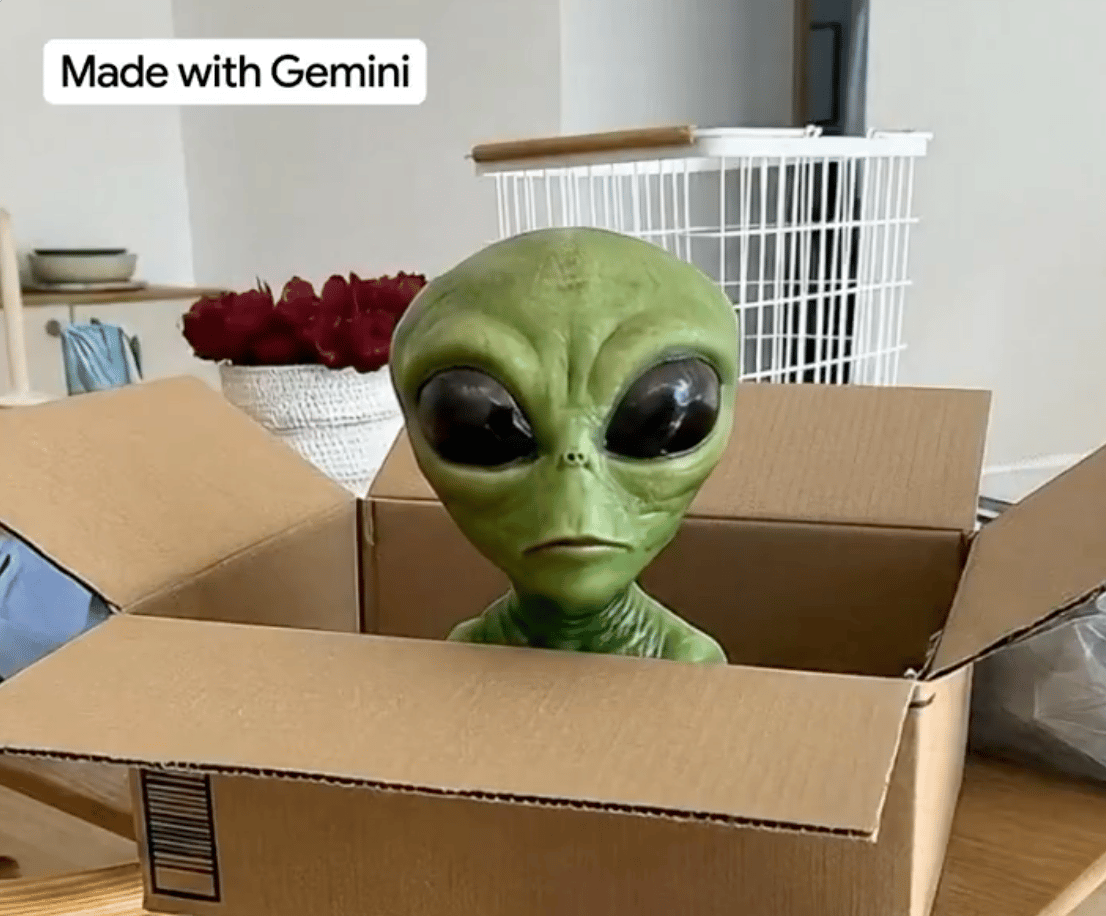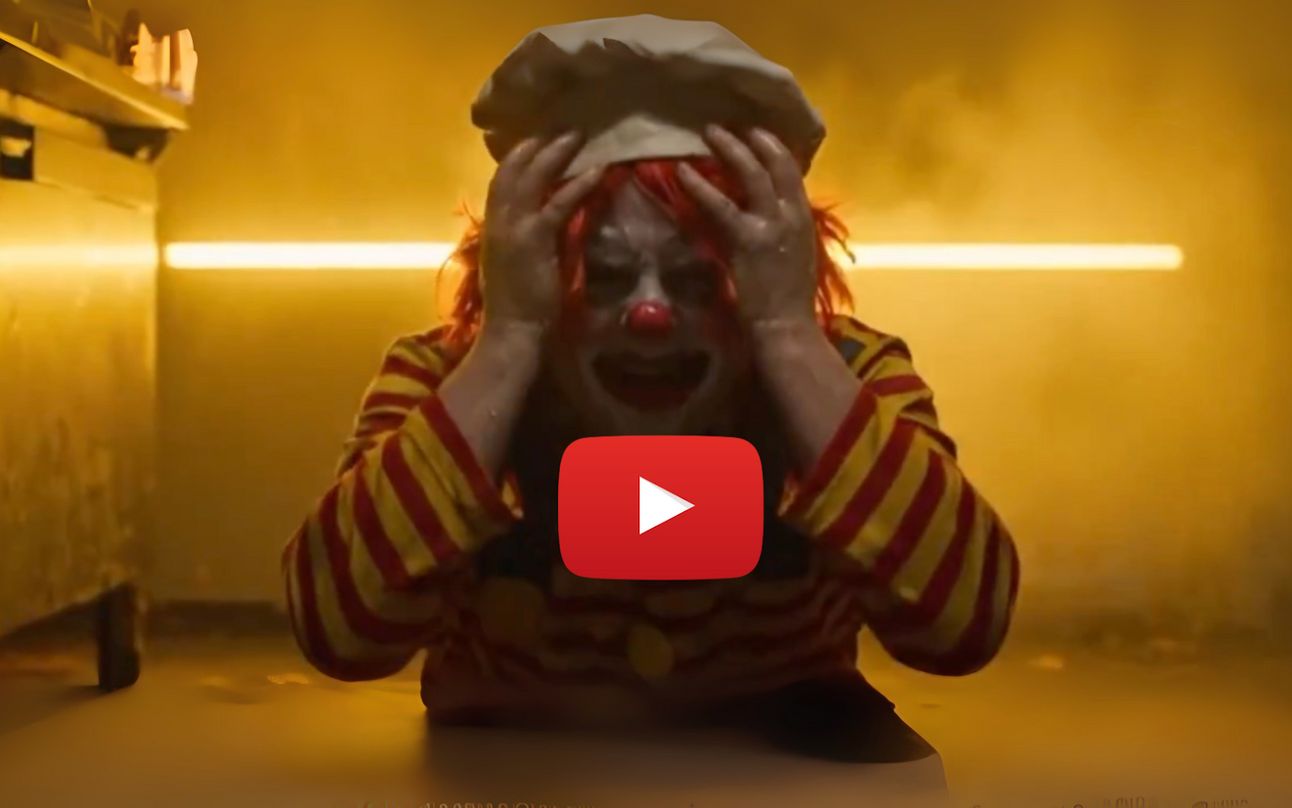- Zero to Unicorn
- Posts
- Want to Try AI Video? Read This First
Want to Try AI Video? Read This First
AI-generated video is officially in its wild west phase.

This Week
AI video is having a moment—and a meltdown. The tools are getting faster, the content is getting weirder, and the platforms are scrambling to keep up. Whether you’re experimenting with Veo or just curious what Midjourney’s Animate button does, one thing’s clear: creating video is no longer the hard part, standing out is.
In this issue:
AI Video Is Everywhere, Here’s How to Stand Out: What you need to know before jumping in
AI Video is Eating the World: How people are riding trends, building characters, and monetizing AI-first content
5 AI Video Tools in 14 Minutes: A lightning-fast demo of the best tools available today
Gemini Can Now Animate Your Images: Yes, Google’s coming for Midjourney
How to Create Social Videos in Two Steps: Go from prompt to promo in under 2 minutes
Let’s get into it 👇
How to Stand Out in the AI Video Wild West
AI-generated video is officially in its wild west phase. Tools like Google’s Veo 3 have made it absurdly easy to produce slick, believable content at scale and the internet is already feeling the flood. Since May, creators have generated more than 40 million videos using Veo 3 alone.
That kind of volume is sparking real concern.
YouTube has begun demonetizing “mass-produced” or “inauthentic” AI content in an attempt to fight what some are calling AI slop—low-effort, high-frequency videos that clutter feeds and confuse viewers.
Ironically, some real-life content is now being mislabeled as AI fakes.
As these AI video tools improve, the line between real and artificial continues to blur. Take the recent YouTube TV ad for Kalshi: it was made entirely with Veo 3, cost $2,000 to produce, and pulled in over 19 million views. The creator behind that spot, who calls himself an AI filmmaker, followed up with a project for Popeyes, an AI-generated video to mark the return of McDonald’s Snack Wrap.
And that’s not even the weirdest thing circulating this week.
A short film about human cloning, reportedly made with 600 prompts, 12 days, and a $500 budget, is blowing up on Reddit. One commenter summed it up perfectly: “Homie just prompted a Black Mirror episode.” Meanwhile, an AI-generated YouTube Short featuring a baby piloting a jumbo jet has racked up more than 100 million views.
This kind of reach is undeniably tempting, but if your brand’s content blends into the tidal wave of AI sameness, trust evaporates.
There’s no law (yet) requiring you to disclose AI in your content, but Boston Consulting Group recommends doing it anyway. Transparency earns credibility, and in a landscape this noisy, that matters more than ever.
The best rule? Keep human judgment in the final cut, use AI to prototype, experiment and explore, but before you hit publish, ask: would someone watch this twice? Does it serve the story?
In the wild west of AI video, speed gets you to the starting line. Substance makes you memorable.
AI Video is Eating the World

When AI video first landed, it looked more like a moving slideshow than cinema. OpenAI’s Sora made noise in early 2024 but most of us only got access to the lightweight version.Then Google launched Veo 3 and it became the one to beat.
It’s the first major model with built-in audio, so you don’t need separate tools for lip sync or sound design. It’s fueling a whole new class of AI creators—especially in the chaos-friendly corners of TikTok, YouTube, and Instagram. Think viral kids content, Brainrot musicals and Stormtrooper Vlogs that rack up millions of views.
A new podcast from Latent Space explores how people are riding trends, building characters, and monetizing AI-first content, without fancy gear, studios, or editing teams. And they explain why understanding prompt theory is the new version of learning how to shoot and edit.
If you're building anything in media, marketing, or entertainment, this is a must-watch.
5 AI Video Tools in 14 Minutes

Justine Moore’s latest demo is one of the most practical walkthroughs I’ve seen for anyone experimenting with AI video tools.
She shows you how she uses Veo 3, Kling 2.1, Hedra, Higgsfield, and Krea to do the creative heavy lifting:
→ turning text into video
→ animating stills
→ syncing voice clones with avatars
→ layering in visual effects
→ testing outputs across multiple models to find the strongest results
Whether you're making content for a campaign or just tinkering with AI video for fun, she breaks down her process step-by-step, complete with prompting tips and advice on stacking tools together without overcomplicating things.
Watch the full video on YouTube.
Gemini Can Now Animate Your Images

Google just rolled out a text-to-video generation tool inside the Gemini app.
The new feature lets you upload a still image (like a portrait, product shot, or illustration), describe the motion or scene you want, and Gemini turns it into an eight second animated video. It adds movement, transitions, effects, and sound based on your description.
It’s built on Google’s AI video models (like Veo), and it’s now available to Workspace users — no Pro or Ultra plan needed.
Try it out at Gemini.
How to Create Social Videos in Two Steps

Not long ago, making social content meant location scouting, chasing golden hour, and wrangling a full crew. It took days. Sometimes weeks.
Now? I type a few lines into Midjourney and I’ve got a video draft before my coffee cools.
It’s not flawless. The motion is still glitchy, fingers have a tendency to vanish and proportions are a bit off, but it’s improving every day.
You can create your own reels in Midjourney with just two steps.
Navigate to the Create section and enter the prompt for your image. As an example, I used “walking tour on the Amalfi Coast” for the first video above.
Once you have your four outputs, hover over the one you like and click Animate. You’ll have your renders in less than a minute.
It’s that easy!
Want to see the animations I created above? Head over to LinkedIn.
What did you think of today's email?
Your feedback helps me create better emails for you! Send your thoughts to [email protected].


Reply